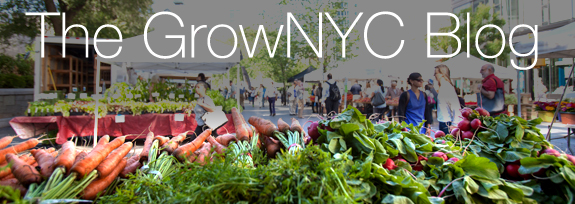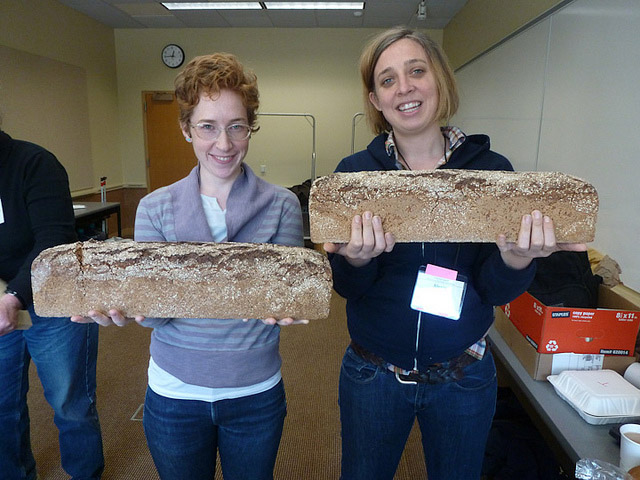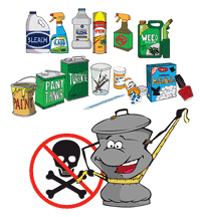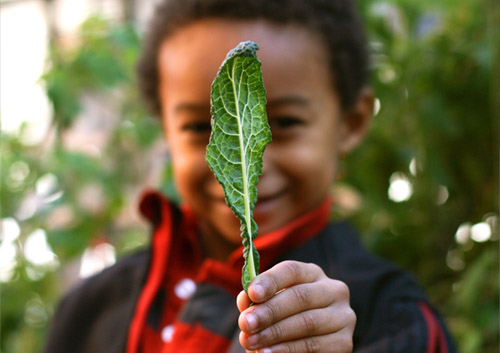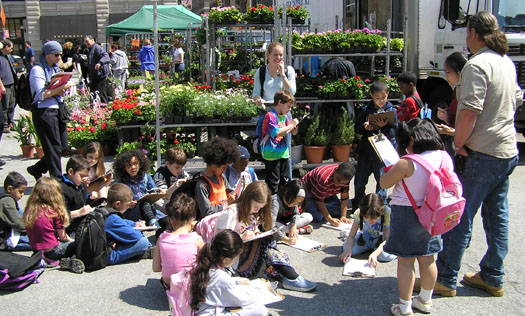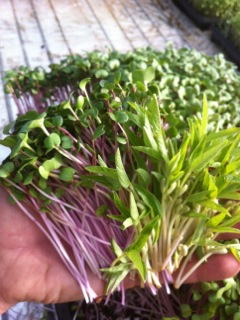
Monkshood Nursery’s summer selection of cherry tomatoes, herbs and greens has earned a loyal following of customers at the Columbia (Sunday) and Jackson Heights Greenmarkets. This winter, farmer David Rowley has joined the Saturday line-up at Union Square, bringing with him a terrific variety of salad shoots—the perfect greenery to add a little lift to your local winter diet. First of all, can you clear us up on the difference between shoots and sprouts? The shoots are the aerial part of the plant that grows just above the soil—just the first leaves. A sprout includes the seed, the root and beginning of the shoot. Can you explain how you grow them, and when they’re harvested? Our shoots are grown in the greenhouse. First you soak the seeds, then distribute them on trays of potting soil. Then they’re kept in the dark for an amount of time that varies, depending on the variety. Then, we expose them to the sun, and again, the length of time depends on the variety. Finally, we cut them with clean scissors, bag them up, and bring them to market. From seed to finished product, the whole process ranges from eight days to three weeks, taking less time in the summer than in the winter, and of course, depending on which kind of shoot you’re growing. It’s amazing—such a vibrant thing—to see all those seeds germinating so close together at the same time in the greenhouse. How many varieties are you growing now? Seven. And which varieties are new to you this year? Oriental spicy mustard, arugula, and mung bean shoots. And those (the mung bean shoots) are fantastic! I eat them straight off the tray. If I’m making eggs, I just sprinkle them on top for breakfast, or add them to a sandwich at lunch, and I can have them in a salad at dinner. A little goes a long way—the flavor is very intense. What gave you the idea to branch off in a new direction with these products? It was the year of the tomato blight, a really wet year, and we had to come up with products to account for the loss of tomatoes to keep both our CSA members and customers happy. So we started to think about what kind of salads we could produce. We determined by trial and error what grows well at Monkshood. What do shoots offer your diet in the months when local eating relies heavily on squash, root vegetables, grains and proteins? Nutritional information on each variety of shoot is available at the market for shoppers to peruse while they taste the different products. Mung been shoots, for instance, are a great source of protein, Vitamins B and C, calcium, iron, magnesium, potassium, and amino acids. How do you approach selling in the market during the winter? In the winter, the temps are beneath freezing, and the salads and shoots all have to be kept above freezing at all times. When we thought about selling them the first winter we grew them, we thought ‘What do we need here (to sell at market)? Walls? Heat?’ We made an environment at our outdoor market stand that’s almost like a shop. It’s comfy for the shoots, protected by walls and kept warm enough with a heater, and it’s also comfy for us. The vibe in there feels kind of like it does in the greenhouse at the farm. My motto for customers is: ‘Try before you buy.’ Mix and match your greens—it’s like a salad bar. Or, really, a salad booth. You were hit pretty hard by Hurricane Irene this past fall, how did you adjust your business to continue coming to market? We moved the majority of our salad production from where it had been on the farm, and we’ve just about finished construction on a new greenhouse—with many thanks to the help of my neighbor, a land owner. It’s half an acre in total. We started to build the greenhouse in the end of December, and expect to put the first shoots in it in the beginning of March. Outside of the greenhouse, what’s the first sign on the farm that spring is coming? We’ll start to see green garlic coming up in the ground. See the photo below—that garlic is already peeping through!













